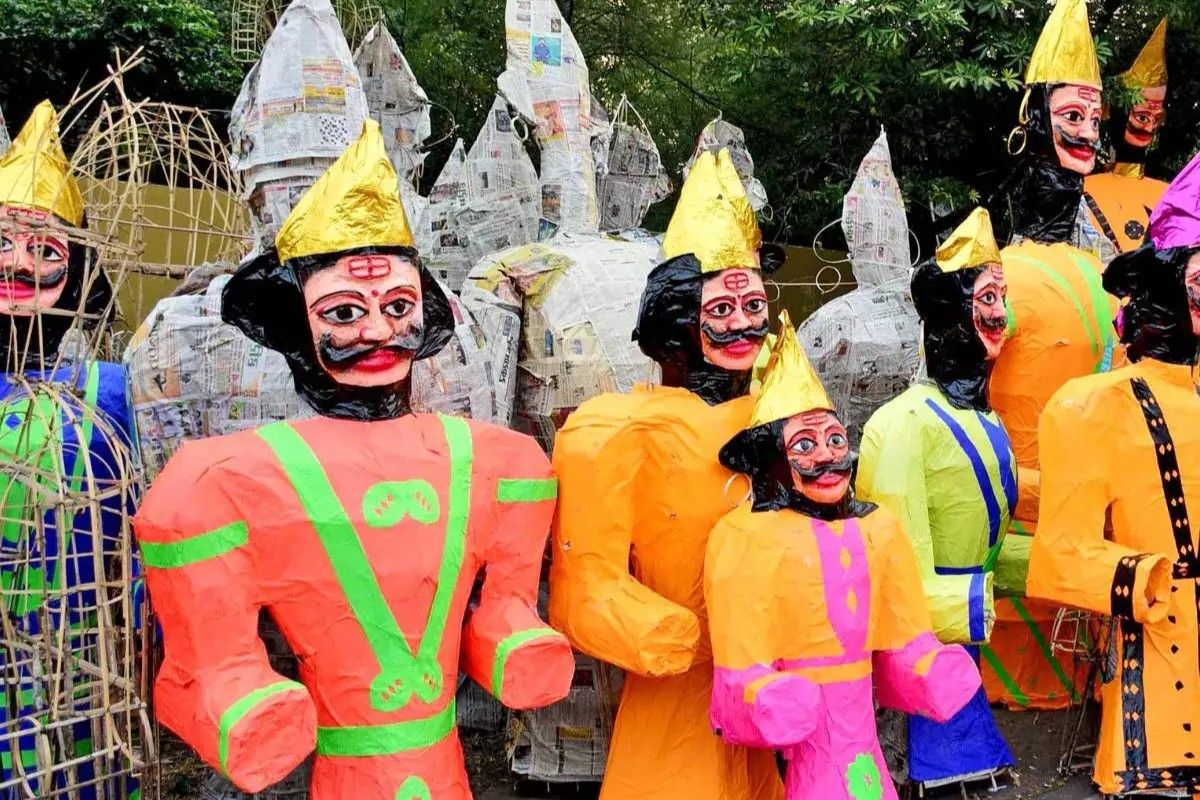
Effigies have been part of human culture for centuries, serving various purposes from religious rituals to political protests. But what exactly is an effigy? An effigy is a sculpture or model of a person, often created to represent someone disliked or to honor a significant figure. These figures can be made from materials like wood, straw, or even paper. Effigies have been used in celebrations, such as Guy Fawkes Night in the UK, where a figure is burned to commemorate the failed Gunpowder Plot. They also appear in protests, symbolizing opposition to political leaders. Effigies can be found in museums, historical sites, and even modern art installations. Whether revered or reviled, effigies hold a unique place in human expression and history.
What is an Effigy?
An effigy is a representation or image of a person, often created to be burned or destroyed. These figures can be made from various materials and serve different purposes, from ceremonial to political.
- Effigies have been used for centuries in rituals and ceremonies across different cultures.
- The word "effigy" comes from the Latin word "effigies," meaning "representation" or "image."
- Effigies are often used in protests to symbolize opposition to a particular person or idea.
- In medieval Europe, effigies were used in funeral processions to represent the deceased.
- Guy Fawkes effigies are burned annually in the UK on Bonfire Night, commemorating the failed Gunpowder Plot of 1605.
Types of Effigies
Effigies come in various forms, each serving a unique purpose. Some are meant to honor, while others are designed to criticize or mock.
- Funerary effigies are life-sized sculptures placed on tombs to honor the deceased.
- Political effigies are often used in protests to criticize or mock political figures.
- Ceremonial effigies are used in rituals and festivals, such as the Burning Man festival in Nevada.
- Scarecrow effigies are used in agriculture to scare away birds and protect crops.
- Religious effigies are used in various religious practices, such as the Hindu festival of Dussehra, where effigies of the demon king Ravana are burned.
Materials Used in Effigies
Effigies can be made from a wide range of materials, depending on their purpose and the resources available.
- Wood is a common material for effigies due to its availability and ease of carving.
- Straw is often used for effigies meant to be burned, as it ignites easily.
- Cloth can be used to create more detailed and lifelike effigies.
- Paper-mâché is popular for creating lightweight and easily destructible effigies.
- Metal is sometimes used for more permanent effigies, such as those found on tombs.
Cultural Significance of Effigies
Effigies hold different meanings and significance in various cultures around the world.
- In Mexico, effigies called "Judas figures" are burned during Holy Week to symbolize the betrayal of Jesus.
- In India, effigies of Ravana are burned during the festival of Dussehra to celebrate the victory of good over evil.
- In the Philippines, effigies called "Higantes" are paraded during the Higantes Festival to honor San Clemente.
- In the UK, effigies of Guy Fawkes are burned on Bonfire Night to commemorate the failed Gunpowder Plot.
- In the United States, the Burning Man festival features the burning of a large wooden effigy to symbolize radical self-expression and community.
Modern Uses of Effigies
Effigies continue to be used in modern times for various purposes, from art to protest.
- Artists use effigies to make powerful statements about society and politics.
- Effigies are used in protests around the world to symbolize opposition to political figures or policies.
- In sports, effigies of rival team mascots are sometimes burned to show team spirit.
- Effigies are used in movies and theater to create lifelike representations of characters.
- The Burning Man festival has popularized the use of effigies in modern art and culture, attracting thousands of participants each year.
Final Thoughts on Effigies
Effigies have been part of human culture for centuries, serving as powerful symbols in rituals, protests, and celebrations. From ancient religious ceremonies to modern political statements, these representations continue to captivate and provoke thought. Whether crafted from wood, straw, or more modern materials, effigies reflect the values, beliefs, and emotions of the societies that create them. They can honor, mock, or memorialize, making them versatile tools for expression. Understanding the history and significance of effigies gives us a deeper appreciation for their role in human history. So next time you see an effigy, remember it’s more than just a figure; it’s a piece of cultural heritage with a story to tell.
Was this page helpful?
Our commitment to delivering trustworthy and engaging content is at the heart of what we do. Each fact on our site is contributed by real users like you, bringing a wealth of diverse insights and information. To ensure the highest standards of accuracy and reliability, our dedicated editors meticulously review each submission. This process guarantees that the facts we share are not only fascinating but also credible. Trust in our commitment to quality and authenticity as you explore and learn with us.
